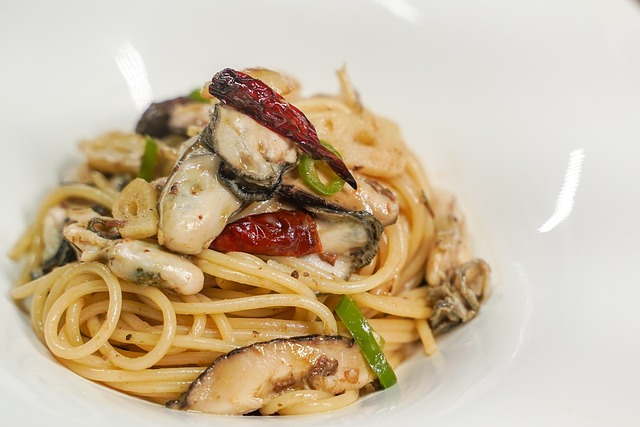Pulmotonia 금양체질 Diet Plan: 7 Powerful Food Rules and Real-Life Tips for Better Health
What is Pulmotonia (금양체질)?
Pulmotonia, or 금양체질, is one of the eight constitutional types defined in traditional Korean medicine. People with this constitution are born with strong lungs and large intestines but have weakened liver and kidney functions. This unique energy balance means Pulmotonia individuals are sensitive to foods and habits that put strain on the liver. Managing this body type requires more than just avoiding specific ingredients—it demands a complete shift in how one approaches daily nutrition and wellness.
Why Most Modern Foods Are Harmful
If you’re Pulmotonia, most of today’s typical meals—from coffee and snacks to fried foods and processed meats—may be causing more harm than good. That’s because:
- Your liver struggles with detoxifying synthetic and high-fat substances
- Your body is overstimulated by rich or spicy foods
- Your digestion is more efficient with light, plant-based meals
7 Powerful Food Rules for Pulmotonia Types
1. Eliminate All Red and Processed Meats
Beef, pork, lamb, chicken, and processed products like ham and sausages are considered highly toxic for Pulmotonia. They burden the liver and increase inflammation.
2. Say No to Dairy and Wheat
Milk, cheese, yogurt, and butter disrupt the digestive and detox systems. Wheat-based foods—like bread, pasta, ramen, and cookies—also cause sluggishness and toxicity buildup.
3. Avoid Root Vegetables and Strong Spices
Although considered healthy for most, root vegetables like carrots, garlic, onions, and radishes stimulate already strong organs and throw your energy balance off. Spices like chili and ginger are best avoided.
4. Choose Leafy Greens Daily
Pulmotonia thrives on leafy greens: cabbage, kale, spinach, perilla leaves, and mustard greens. These help regulate the lungs and reduce liver burden.
5. Prioritize Light Fish and Shellfish
Fatty meats are out, but seafood like shrimp, oysters, clams, mackerel, sardines, and anchovies are excellent. Always remove visible fat and avoid frying.
6. Limit Fruits and Nuts
Surprisingly, not all fruits are safe. Avoid apples, pears, citrus fruits, and melons. Instead, enjoy bananas, grapes, cherries, strawberries, and kiwi. Nuts like almonds and peanuts are best limited or avoided.
7. Hydrate and Use Fermented Plant Foods
Use natural fermented foods like kimchi and doenjang in moderation. Drink warm herbal teas and stay hydrated with plain water.

A Realistic Food Management Strategy
Strict food rules may feel overwhelming. Here’s a more balanced approach: Reduce Harmful Foods Gradually You don’t need to quit everything overnight. Begin by cutting meat portions in half or replacing coffee with herbal tea every other day. Add More of What’s Good Instead of focusing only on restrictions, increase your intake of leafy greens and light seafood. A positive dietary mindset will make the process more sustainable. Avoid Food Guilt You won’t be perfect—and that’s okay. Eating a harmful food occasionally in a happy, low-stress state is often less damaging than eating “safe” foods under emotional pressure. Adjust Based on Lifestyle If you travel often or dine out frequently, focus on balance. Aim to follow your Pulmotonia guidelines about 70% of the time, and don’t let guilt take over when you can’t.
Recommended Activities
- Good: Walking, swimming, yoga, meditation, stretching
- Avoid: Intense workouts, hot yoga, saunas, and sunbathing
- Daily Practice: Cold water face splashes, breathing exercises, and minimal static electricity exposure (avoid synthetic clothes)
Final Thoughts: Thriving as a Pulmotonia Type
Pulmotonia individuals are few but exceptional—often creative, insightful, and even genius in their fields. From conductors and artists to strategists and thinkers, their talents shine when health is in balance. Managing your constitution is less about strict rules and more about smart choices. Adapt your meals, listen to your body, and embrace your Pulmotonia power with grace and creativity. For more health tools and personalized AI guidance, visit GPTOnline.ai—where science meets tradition for your well-being.
For the original Korean text, visit here. If you’re curious about the basics of traditional Korean medicine and health, read the following article:
The Truth About 8 Constitution Medicine: A Revolutionary Healing Framework Explained
What Your Sleeping Position Says About Your Health
Learn Why Studying JangSang Medicine is Important.
Frequently Asked but Silly Questions (Foods Good for the Liver??)
